In a volatile global economy shaped by fluctuating tariffs and international trade disputes, entrepreneurs are grappling with challenges that test their creativity, resilience, and strategy. In this video, Patrick Bet-David breaks down the impact of tariffs and the proactive steps successful entrepreneurs are taking to stay competitive.
Subscribe to Valuetainment for more deep dives, explainers, and motivational videos from PBD!
The Economic Context: A $400 Billion Tax
According to data cited from Statista and JP Morgan, the current tariff environment is expected to reduce U.S. imports and Chinese exports by a staggering 77%. The fallout from these trade restrictions includes an estimated $400 billion added tax burden on businesses due to inflated costs on goods—forcing companies to make tough decisions to survive.
Patrick emphasizes that while many business owners dwell on the challenges, the winners differentiate themselves through strategic adaptation. Less than 5% of entrepreneurs succeed, and it’s their response to disruption that separates them.
10 Entrepreneurial Challenges and Strategic Solutions
-
Increased Cost of Goods
Tariffs drive up manufacturing and procurement costs. Some brands like Adidas pass costs to consumers, while others absorb them. PBD advises diversifying sourcing, following Apple’s lead in moving production from China to India. -
Unpredictable Pricing
Price volatility complicates budgeting and product pricing. Business owners are encouraged to renegotiate long-term contracts with vendors to stabilize costs, proposing loyalty in exchange for better rates. -
Delays at Customs
Delays in ports can cripple operations. Bet-David suggests working with customs brokers and exploring smaller ports to avoid congestion—saving time and money with proactive logistical planning. -
Supplier Volatility
Relying on a single supplier or country is dangerous. Entrepreneurs must build multiple sourcing relationships to mitigate geopolitical risks and avoid being held hostage by a single provider. -
Loss of Competitive Advantage
If pricing becomes the only differentiator, businesses lose their edge. Companies like Caterpillar leverage brand legacy and storytelling to justify their value. Entrepreneurs must emphasize unique selling points beyond cost. -
International Scaling Difficulties
Businesses that export to tariff-affected countries, like Boeing, shift focus to non-tariff markets like the EU. Others pivot to digital or SaaS products that aren’t tied to complex international shipping. -
Currency Fluctuations
Although this impacts a smaller group, PBD mentions using financial instruments like futures or options to hedge against foreign exchange volatility—an advanced strategy for seasoned operators. -
Regulatory Confusion
Compliance becomes murky with frequent policy changes. Regular consultations with accountants, legal advisors, and investment strategists help navigate the shifting terrain. Ignorance can be costly. -
Cash Flow Crunches
When rising costs strain cash flow, open dialogue with lenders and partners can help restructure payments. Transparency and trust are key to negotiating temporary relief. -
Domestic Supplier Inflation
Rising local prices should be met with honest conversations with clients. By being transparent about cost increases and pledging to lower prices when conditions improve, businesses preserve trust and loyalty.
Strategy Over Panic
Tariffs are a harsh reality, but not a death sentence. As PBD emphasizes, successful entrepreneurs are proactive, adaptable, and transparent. Whether it’s renegotiating contracts, diversifying suppliers, or repositioning brand messaging, survival hinges on strategic thinking—not panic.

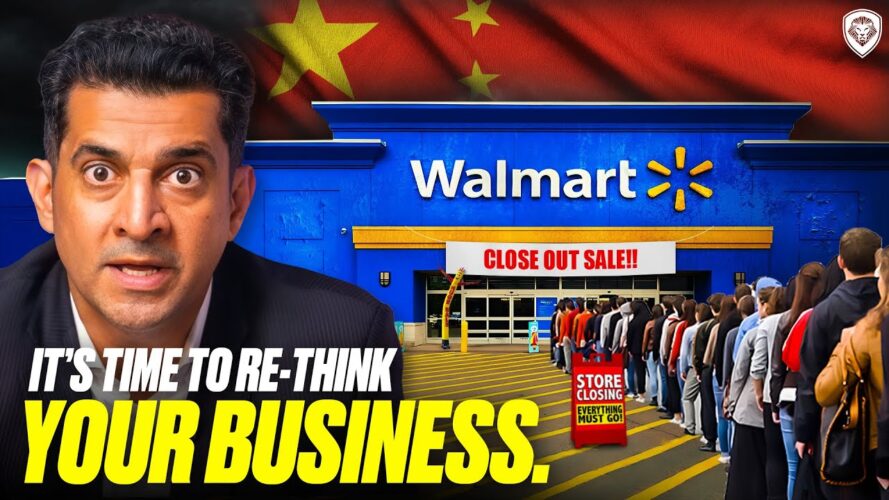









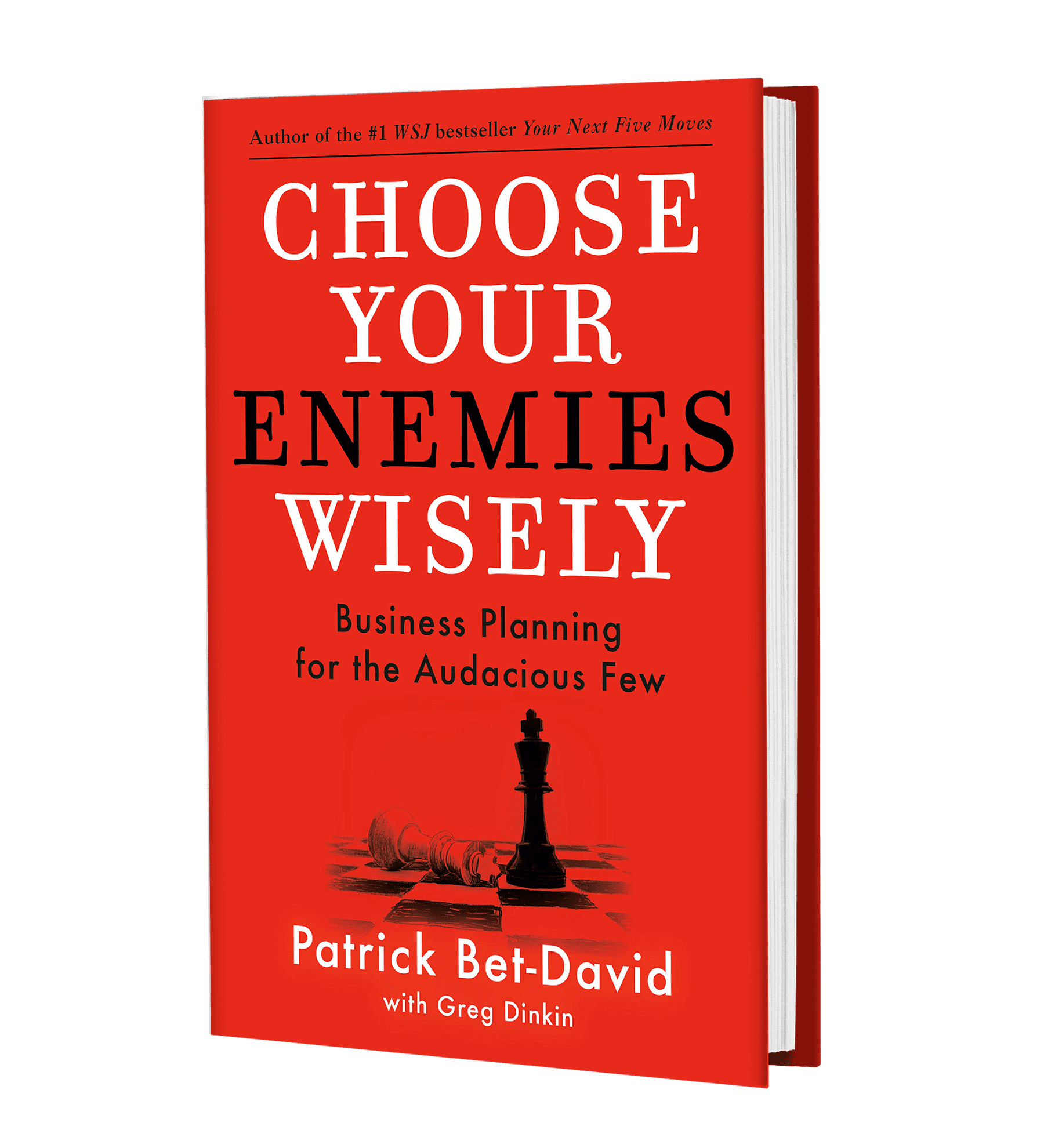
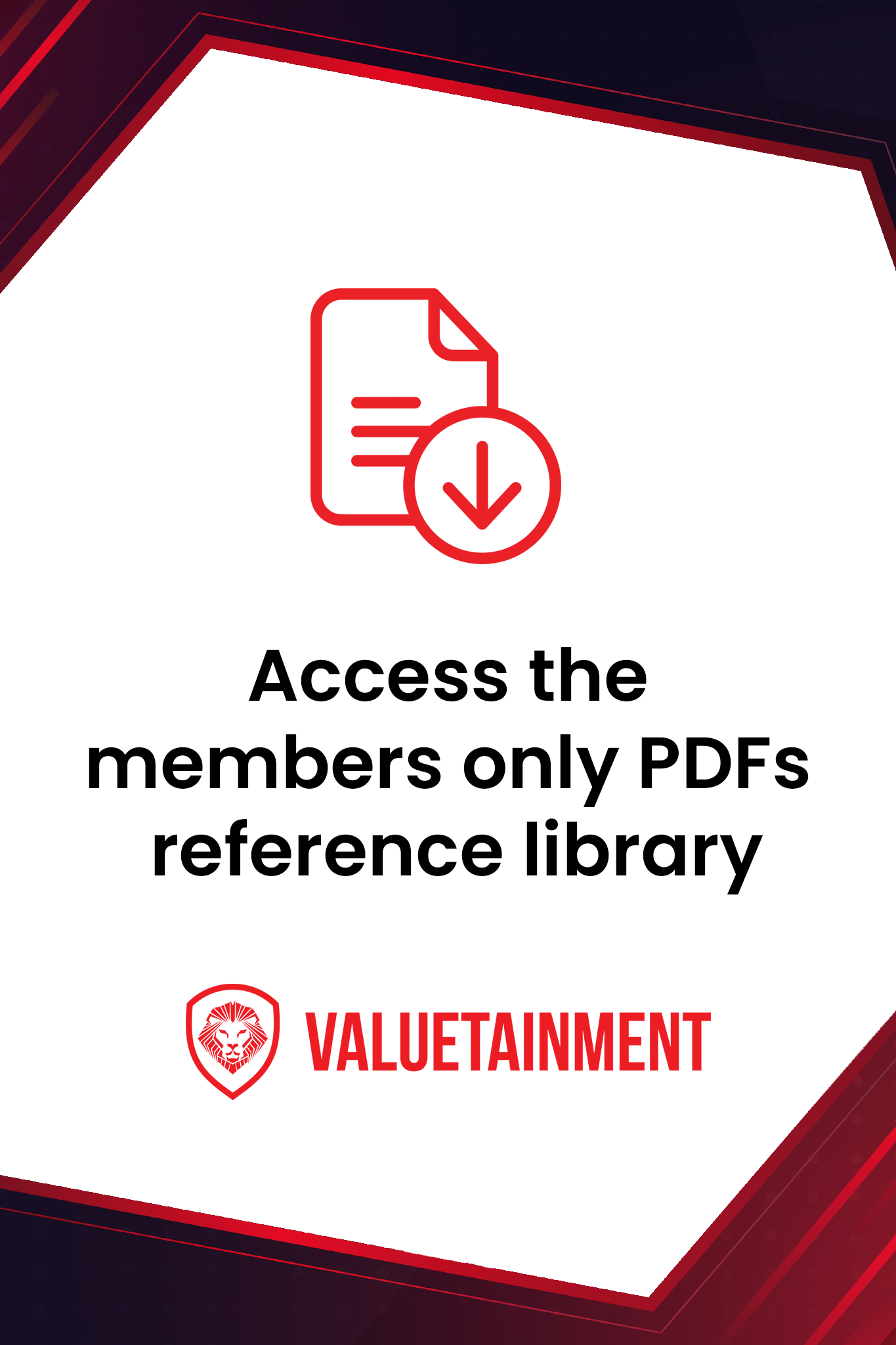

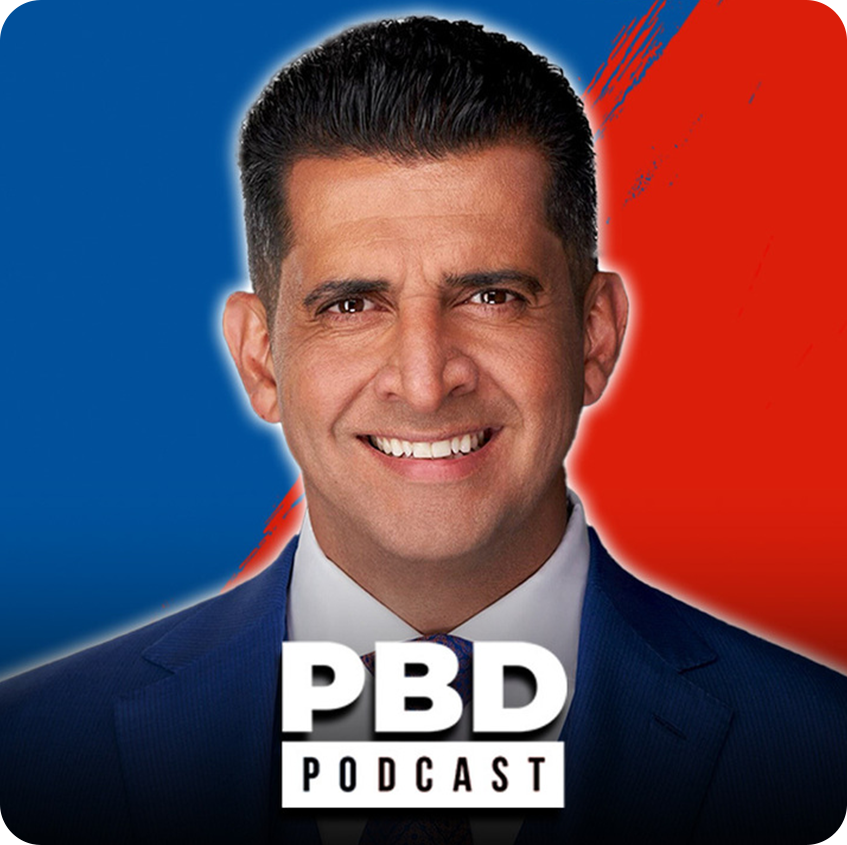

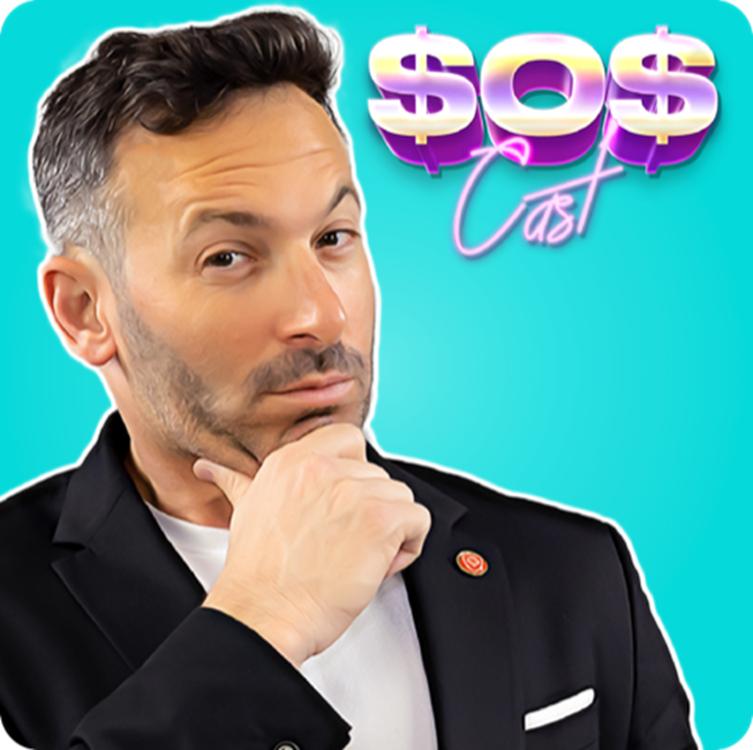
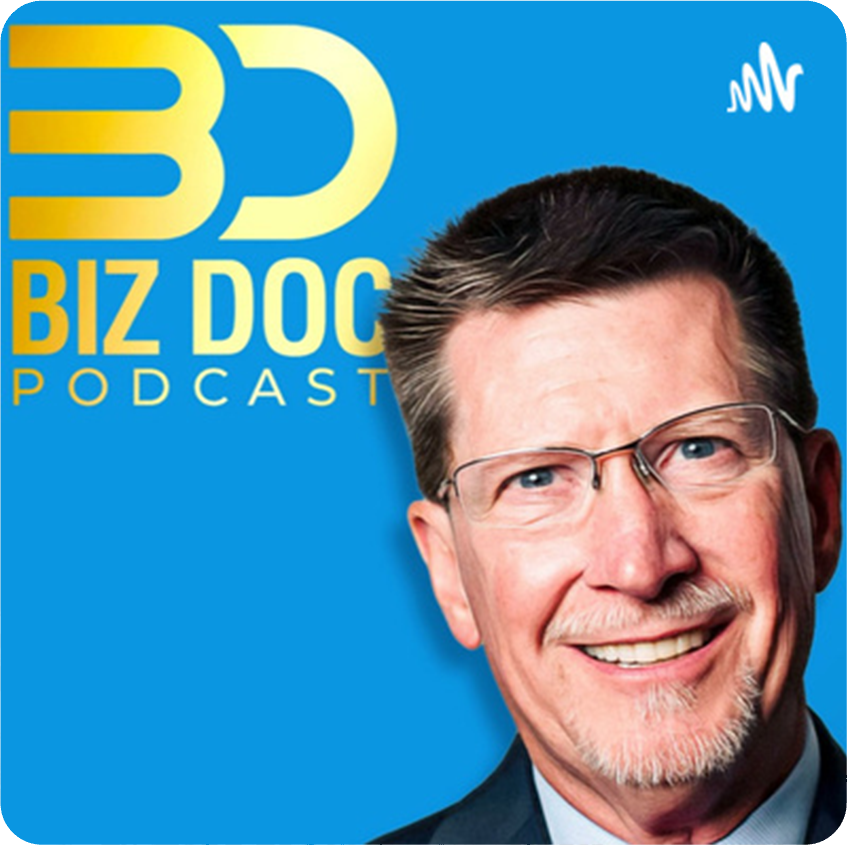
Add comment